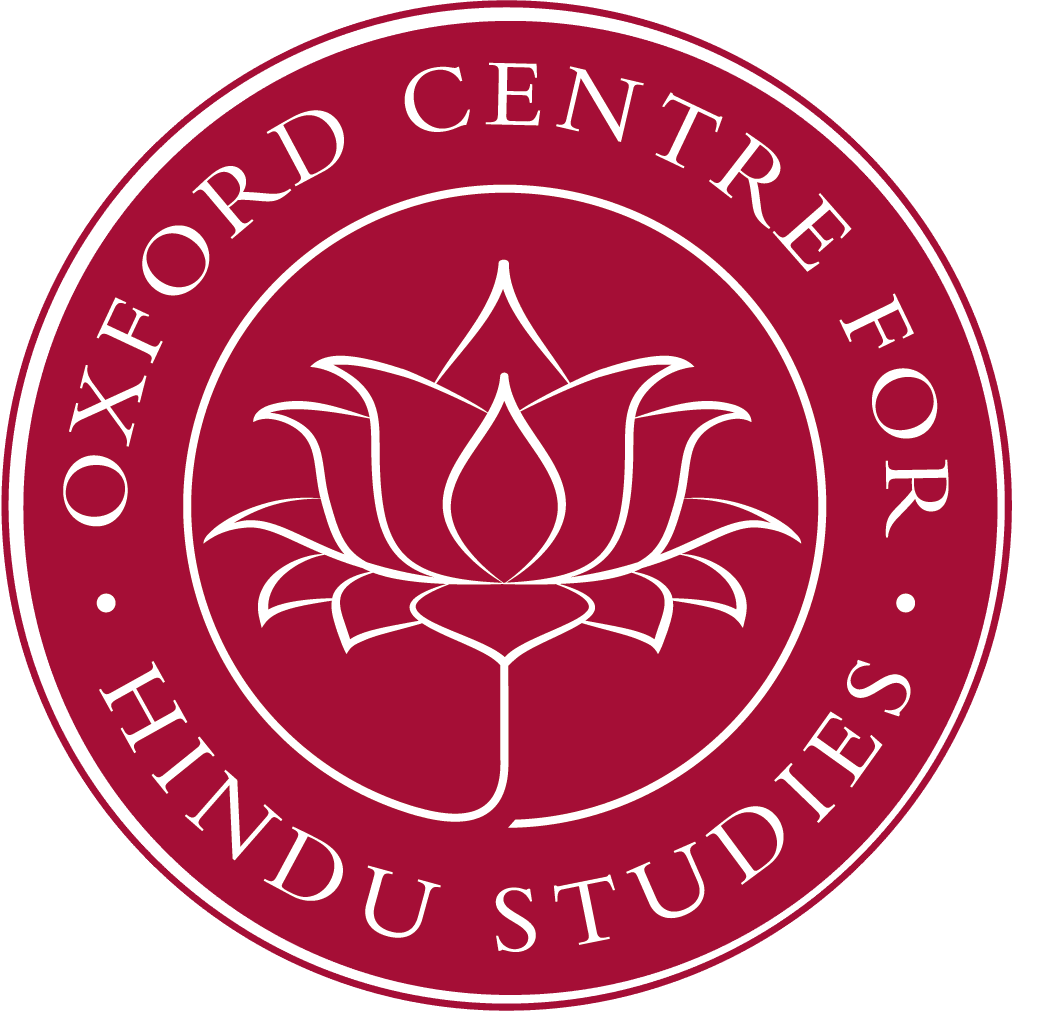Archives: Lectures
Hinduism II (Paper 21 Bhakti Vernaculars): Session Seven
These lectures will take up where Hinduism 1 left off, examining in particular conceptions of liberation and paths leading to it in the post-classical, post-Gupta period. After an introductory lecture that raises some theological questions about the relation of path to goal and the importance of ritual and asceticism, we will begin with an examination of the Vedanta. We will trace the development of devotion (bhakti) in the Vaishnava traditions. Here we will also examine the importance of ritual texts and the relation between ritual, devotion and yoga. Lastly we will trace the themes of liberation and path with examples from selected tantric traditions within Vaishnavism and Shaivism. We will end with an examination of contemporary Hinduism at village level and in its interaction with modernity. These lectures are aimed at students of theology and religious studies.
Hinduism II (Paper 21 Bhakti Vernaculars): Session Eight
These lectures will take up where Hinduism 1 left off, examining in particular conceptions of liberation and paths leading to it in the post-classical, post-Gupta period. After an introductory lecture that raises some theological questions about the relation of path to goal and the importance of ritual and asceticism, we will begin with an examination of the Vedanta. We will trace the development of devotion (bhakti) in the Vaishnava traditions. Here we will also examine the importance of ritual texts and the relation between ritual, devotion and yoga. Lastly we will trace the themes of liberation and path with examples from selected tantric traditions within Vaishnavism and Shaivism. We will end with an examination of contemporary Hinduism at village level and in its interaction with modernity. These lectures are aimed at students of theology and religious studies.
Vaishnava Features of Traditional Hatha yoga
The history of hatha yoga is only now becoming clear through close attention to the textual tradition. This seminar examines the Vaishnava roots of some hatha yoga practice. Dr James Mallinson has a BA in Sanskrit from Oxford and an MA with a major in ethnography from SOAS. His DPhil. thesis at Oxford was a critical edition of the Khecarividya, a Kaula work on khecarimudra, an important technique of hathayoga. After his DPhil. he translated Sanskrit poetry for the Clay Sanskrit Library for six years. He then spent a year teaching Sanskrit at SOAS and is now helping to set up an institute of Indian classical studies at Lavasa in India while continuing his research into yoga and yogis.
Hinduism II (Paper 21 Bhakti Vernaculars): Session One
These lectures will take up where Hinduism 1 left off, examining in particular conceptions of liberation and paths leading to it in the post-classical, post-Gupta period. After an introductory lecture that raises some theological questions about the relation of path to goal and the importance of ritual and asceticism, we will begin with an examination of the Vedanta. We will trace the development of devotion (bhakti) in the Vaishnava traditions. Here we will also examine the importance of ritual texts and the relation between ritual, devotion and yoga. Lastly we will trace the themes of liberation and path with examples from selected tantric traditions within Vaishnavism and Shaivism. We will end with an examination of contemporary Hinduism at village level and in its interaction with modernity. These lectures are aimed at students of theology and religious studies.
Hinduism II (Paper 21 Bhakti Vernaculars): Session Two
These lectures will take up where Hinduism 1 left off, examining in particular conceptions of liberation and paths leading to it in the post-classical, post-Gupta period. After an introductory lecture that raises some theological questions about the relation of path to goal and the importance of ritual and asceticism, we will begin with an examination of the Vedanta. We will trace the development of devotion (bhakti) in the Vaishnava traditions. Here we will also examine the importance of ritual texts and the relation between ritual, devotion and yoga. Lastly we will trace the themes of liberation and path with examples from selected tantric traditions within Vaishnavism and Shaivism. We will end with an examination of contemporary Hinduism at village level and in its interaction with modernity. These lectures are aimed at students of theology and religious studies.
